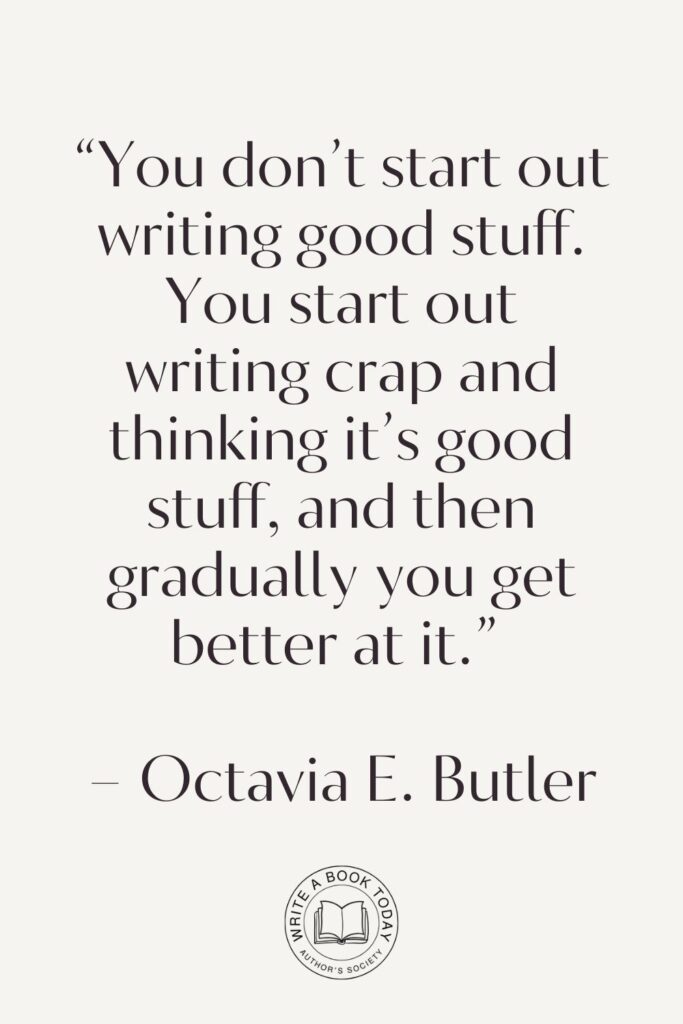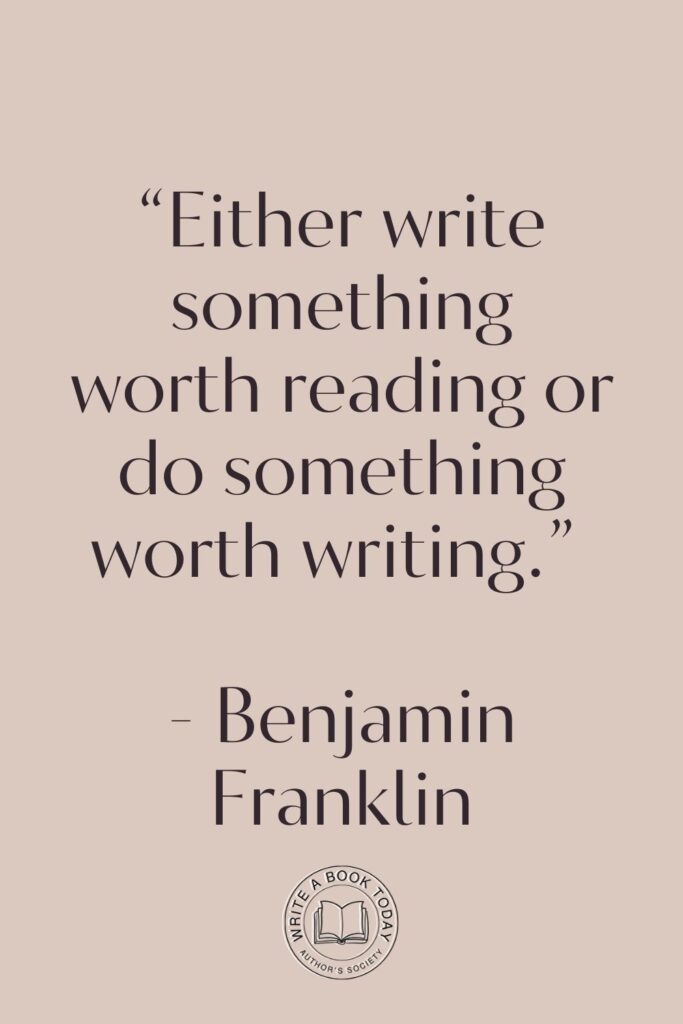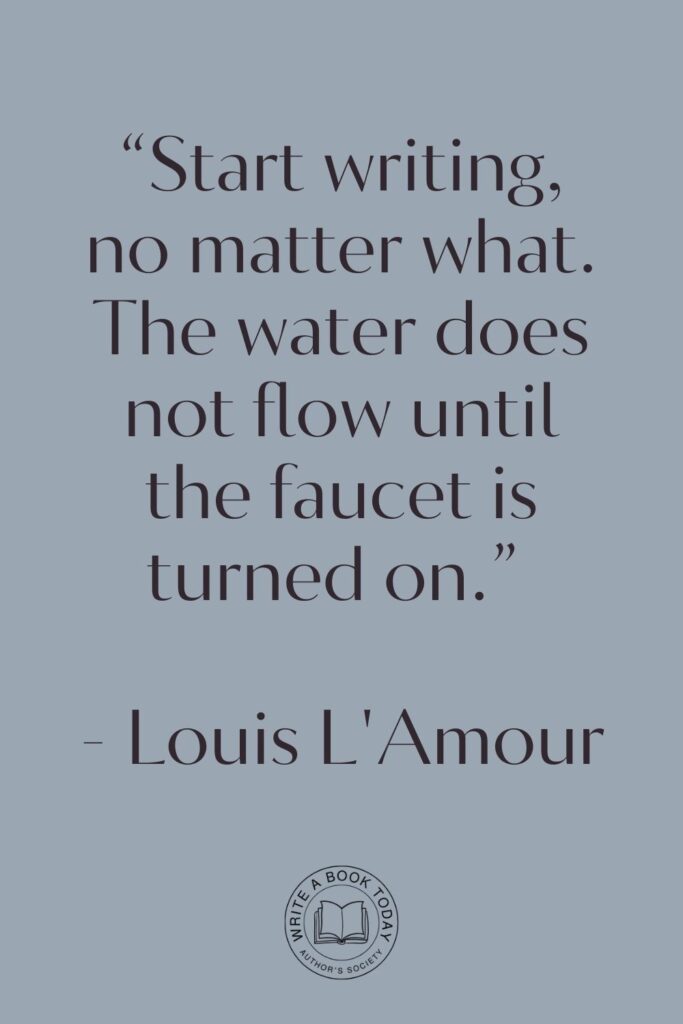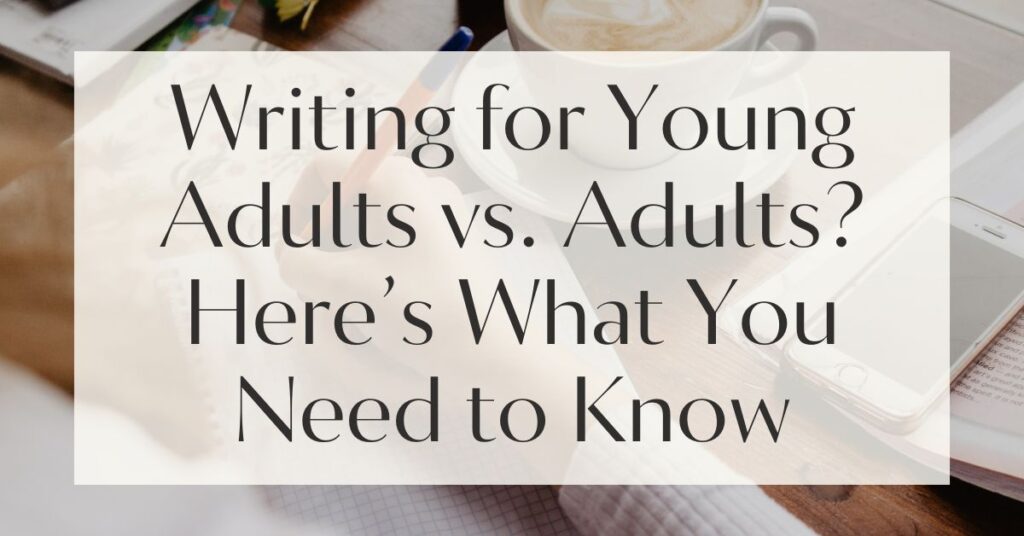Imagine stepping into a world where your words hold the power to shape minds, stir emotions, and inspire change. Writing for young adults is not just about crafting stories; it’s about creating experiences that resonate deeply with a vibrant and dynamic audience.
As you embark on this literary journey, you’ll discover the nuances that set writing for young adults apart from adult fiction writing. This guide will equip you with the tools and insights needed to captivate the hearts and minds of young readers, while also offering a glimpse into the differences between these two captivating realms of storytelling.
Understanding the Young Adult Audience
Before diving into the intricacies of writing for young adults, it’s essential to understand the audience you’re writing for. Young adult literature, often abbreviated as YA, is a category of fiction aimed at readers aged 12 to 18.
However, its appeal often extends beyond this age group, capturing the interest of adults who enjoy the themes and storytelling styles unique to YA.
Defining Young Adult Literature
Young adult literature is characterized by its focus on adolescent protagonists navigating the complexities of life. These stories often explore themes of identity, friendship, love, and personal growth.
Unlike adult fiction writing, which may delve into more mature themes, YA literature centers on experiences that are relatable and meaningful to teenagers. The language used in YA novels is typically more accessible, reflecting the authentic voices of young characters.
To truly capture the essence of young adult themes, authors must immerse themselves in the world of teenagers, understanding their struggles, hopes, and dreams. This requires not only empathy but also a keen awareness of current trends and issues that resonate with young readers.
Key Characteristics of Young Adult Readers
Young adult readers are a diverse and discerning group. They crave authenticity and are quick to spot inauthentic or condescending narratives.
These readers are often drawn to stories that reflect their own experiences or offer new perspectives on familiar situations. Additionally, they appreciate characters who are flawed yet relatable, as these characters mirror their own journey of self-discovery.
Engage with young adults directly to gain insight into their world. Attend book clubs, participate in online forums, or volunteer at schools to better understand their interests and concerns. This firsthand experience can inform your writing and ensure that your stories resonate with authenticity and relevance.
Differences Between Young Adult and Adult Fiction
While both young adult and adult fiction aim to entertain and engage, they differ significantly in terms of themes, character development, and narrative style. Understanding these differences is crucial for authors who wish to transition between these genres or cater to both audiences simultaneously.

Themes that Resonate with Young Adults
Young adult literature often explores themes of self-discovery, identity, and the transition from adolescence to adulthood. These themes are universal, yet they hold particular significance for young readers who are navigating these very challenges in their own lives.
In contrast, adult fiction writing may delve into more complex themes such as existentialism, midlife crises, or the intricacies of long-term relationships.
When crafting stories for young adults, it’s important to focus on themes that are relevant and relatable to their experiences. Issues such as peer pressure, mental health, and social justice are just a few examples of topics that resonate deeply with young audiences.
Exploring Young Adult Themes vs. Adult Themes
While young adult themes often revolve around personal growth and self-exploration, adult fiction tends to address broader societal issues or more intricate psychological landscapes.
This doesn’t mean that YA literature lacks depth; rather, it presents these themes through the lens of youthful optimism and resilience. In adult fiction, themes might be explored with greater complexity and subtlety, reflecting the varied experiences of adult life.
Experiment with blending young adult and adult themes to create unique and compelling narratives. For example, a story might explore a young protagonist grappling with adult responsibilities, offering a fresh perspective on familiar themes. This approach can attract a wider audience and add depth to your storytelling.
No marketing platform? No social following? No problem!
Publisher Rocket helps you market your debut novel like a pro.
It’s a gamechanger for debut authors – try it today!


Character Development in YA vs. Adult Fiction
Character development is a cornerstone of any compelling narrative, but the approach differs significantly between young adult and adult fiction. In YA literature, characters often undergo significant growth and transformation, reflecting the rapid changes experienced during adolescence.
Creating Relatable Characters for Young Adults
Relatable characters are the heart of any successful YA novel. These characters should embody the struggles and triumphs of adolescence, resonating with readers who see themselves reflected in their journeys.
Authenticity is key, and authors should strive to create characters who are complex and multifaceted, avoiding stereotypes or clichés.
When developing characters for young adults, consider their backgrounds, motivations, and the challenges they face. These elements will shape their actions and decisions, driving the narrative forward.
Remember, young readers are drawn to characters who are real and relatable, with flaws and strengths that mirror their own.
The Role of Diversity and Representation
Diversity and representation are critical components of modern YA literature. Young readers come from diverse backgrounds, and they seek stories that reflect their own experiences and cultures. Incorporating diverse characters and perspectives not only enriches your narrative but also broadens its appeal to a wider audience.
Representation goes beyond simply including characters of different races or ethnicities; it involves portraying these characters authentically and respectfully. This requires research and sensitivity to ensure that your depictions are accurate and free from stereotypes.

Crafting Engaging Plots for Young Adults
The plot is the backbone of any story, and crafting an engaging plot is essential when writing for young adults. YA readers are looking for stories that captivate their attention and keep them turning the pages.
Balancing Conflict and Resolution
Conflict is a driving force in storytelling, providing tension and drama that keeps readers engaged. In YA literature, conflicts often revolve around personal growth, relationships, or societal issues.
Balancing conflict with resolution is crucial, as young readers appreciate stories that offer hope and closure.
Consider how your characters navigate challenges and what they learn from their experiences. The resolution should feel satisfying and meaningful, leaving readers with a sense of fulfillment and understanding.
Incorporating Real-World Issues
Incorporating real-world issues into your YA narrative can add depth and relevance to your story. Topics such as climate change, social justice, and mental health are increasingly important to young readers, who are often passionate about making a difference in the world.
When addressing these issues, it’s important to do so thoughtfully and sensitively. Avoid preaching or oversimplifying complex topics; instead, present them through the lens of your characters’ experiences, allowing readers to draw their own conclusions.
Google Docs is for notes. Scrivener is for novels. Upgrade your writing game and try it for free today!

Writing Style and Voice
Your writing style and voice are integral to your storytelling, shaping how readers perceive and connect with your narrative. Finding the right balance between authenticity and approachability is key when writing for young adults.
Finding Your Unique Voice in YA Writing
Your voice is what sets you apart as a writer, and it’s essential to cultivate a style that resonates with young adult readers. This involves experimenting with different narrative techniques, perspectives, and tones to discover what feels most authentic to you.
Consider the language and style that best suits your story and characters. YA literature often embraces a conversational tone, reflecting the way young people communicate.
However, don’t be afraid to infuse your unique voice and perspective into your writing, as this will make your work stand out.

Tips for Maintaining an Approachable Tone
Maintaining an approachable tone is crucial when writing for young adults. This involves using language that is accessible and engaging, without being overly simplistic or condescending. Your readers should feel as though they’re having a conversation with a trusted friend or mentor.
Consider the pacing and rhythm of your writing, ensuring that it flows naturally and keeps readers engaged. Use dialogue and descriptive language to bring your characters and settings to life, creating a vivid and immersive reading experience.
Experiment with different narrative perspectives to find the most effective way to tell your story. First-person narratives can create a sense of intimacy and immediacy, while third-person perspectives offer a broader view of the story’s world. Consider which perspective best aligns with your characters and themes.
Feeling lost with your debut novel?
Fiverr Pro connects you with expert editors, designers, and marketers – everything you need to get your book ready for success!

Encouragement for Aspiring YA Authors
Writing for young adults is a rewarding and fulfilling endeavor, offering the opportunity to impact the lives of young readers positively. As you embark on this journey, embrace experimentation and creativity, allowing your unique voice to shine through.
Embracing Experimentation in Your Writing
Experimentation is a vital part of the writing process, enabling you to explore new ideas and approaches. Don’t be afraid to take risks and try different techniques, even if they push you outside your comfort zone. This willingness to experiment can lead to unexpected discoveries and innovations in your storytelling.
Remember, there are no strict rules when it comes to writing for young adults. Allow yourself the freedom to explore different genres, themes, and narrative styles, discovering what resonates most with you and your readers.
Building a Community of Young Adult Writers
Writing can be a solitary pursuit, but building a community of fellow writers can provide support, inspiration, and encouragement. Connect with other YA authors through writing groups, workshops, or online forums, sharing experiences and insights.
Engaging with a community of writers can offer valuable feedback and guidance, helping you refine your craft and grow as an author. It also provides a sense of camaraderie and shared purpose, reminding you that you’re not alone on this creative journey.
Join writing contests or challenges to push your boundaries and gain exposure. These opportunities can introduce you to new genres or themes, while also connecting you with other writers and industry professionals. Embrace these experiences as a chance to learn and grow.








